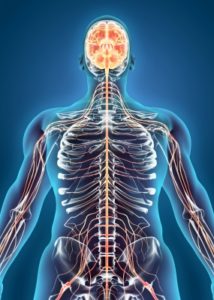I was helping a client reduce the cost of their onboarding training budget by 25%. Sounds familiar? Like most professionals working in the area of learning and performance, you are being asked to do a lot more with a lot less, while at the same time undergoing fundamental changes within the workplace that increase the need for training.
So I spent time with this client helping them look at the physiology of learning (i.e. how our minds really learn) and recommended ways training time and cost could be reduced.
Incorporate Body Movement
There has been a tremendous amount of research published on brain sciences and the impact of exercise on our brains. The book Spark, by John Ratey, outlines the neuroscience of the brain as it learns and grows when the body is active. So how do we incorporate this into traditional styles of learning? Several ways—and by no means is this exhaustive—a simple 5-minute stretch break every hour re-engages the brain to learn by increasing blood flow. This helps to create new neural pathways for learning. Designing group activities that require physical movement is even better; this accelerates learning and dramatically increases knowledge retention.
Leverage Sleep
Ok, I want to be clear, I am not suggesting that we have naptime during our training programs! But rather, let’s examine the physical changes in the brain when a person gets a sufficient amount of quality sleep. How do we leverage sleep in learning and development? One simple way is by providing per work leading up to a training program involving reflective thinking. Essentially, you are giving the learner time to “sleep on” what they have just learned, by allowing the brain to create new neural pathway as it processes the new information.
As the field of neuroscience continues to progress, we will start to see an evolution of training programs that will better facilitate learning and performance. This will ultimately result in a more agile learning environment in the workplace.
All the best in achieving your highest performance,
Paul
Image courtesy of yodiyim at FreeDigitalPhotos.net
